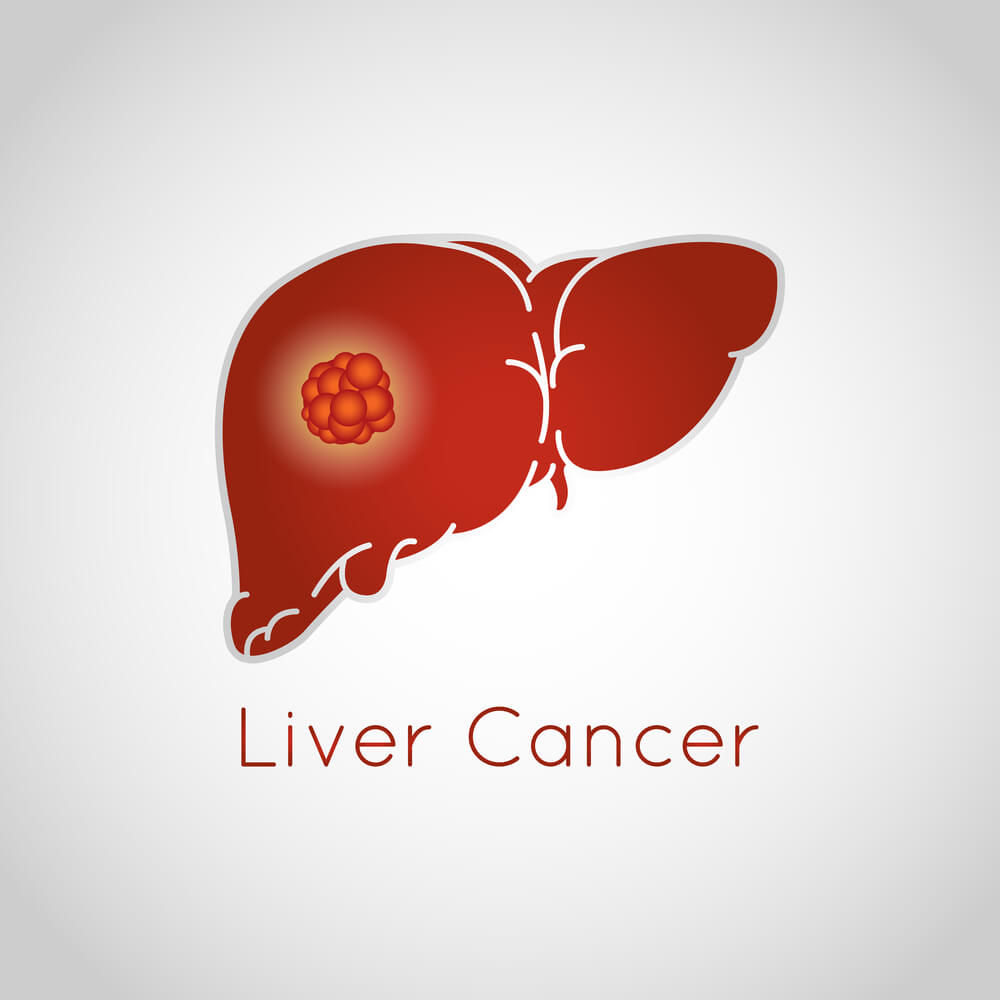

Paying for Liver Cancer Treatment in India
By: Raj
Published On: July 27, 2022
Liver cancer begins when liver cells start to grow abnormally. When cells reproduce continuously, they start forming a mass called a tumor. There are two types of tumors - benign and malignant. Benign tumors are non-cancerous and don’t spread to other organs. Malignant tumors are cancerous and may spread to distant body parts. Various types of liver cancer are classified based on the type of cells that create the tumor - liver cells, bile duct cells, and blood vessel cells.
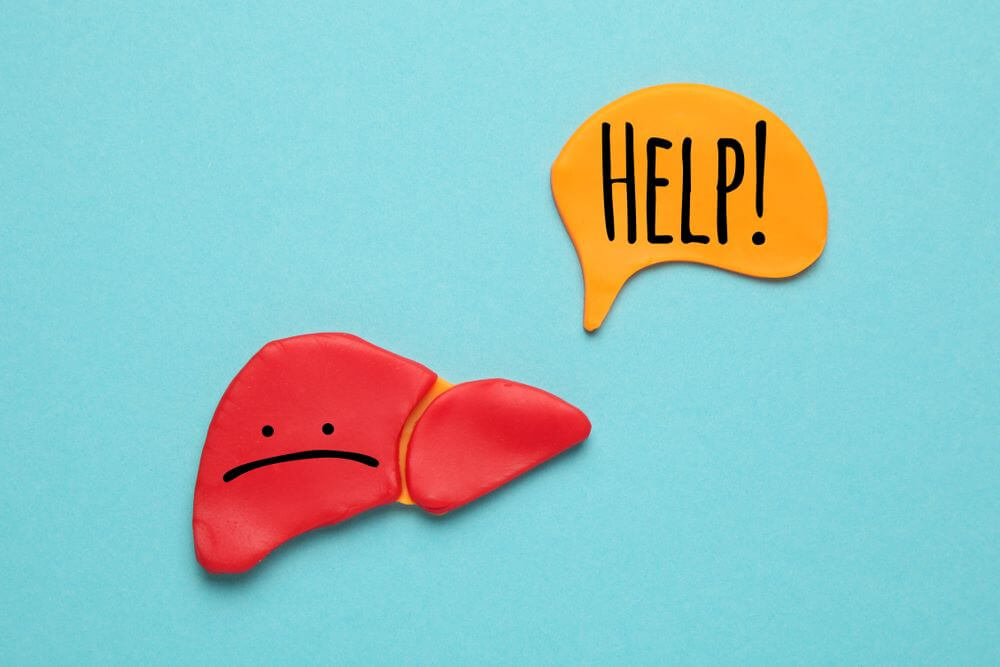
In many instances, the actual cause of liver cancer is unknown. However, certain factors that can increase liver cancer risk are fatty liver disease, cirrhosis, chronic hepatitis, and hereditary metabolic diseases. One way to reduce liver cancer risk is to maintain a healthy weight, reduce alcohol consumption, stop smoking, and take the hepatitis B vaccine.
In most cases, liver cancer detected at later stages has a poor prognosis. Therefore, early diagnosis of liver cancer gives you a better chance of successful liver cancer treatment. Living with liver cancer can be a constant struggle, and managing liver cancer treatment can be a daunting experience for people with no savings or health insurance. A person may delay liver cancer treatment due to high out-of-pocket expenses.

Sometimes, even with health insurance, liver cancer treatment can be costly. In addition, when you are sick, it won’t be possible to work, resulting in a loss of wage, which affects a person financially and mentally. If you or your family members have liver cancer, medical crowdfunding is one of the most straightforward and practical ways to cover liver cancer treatment costs. You can raise funds for your liver cancer treatment by receiving small donations from people worldwide with online medical crowdfunding.
Every day, thousands of medical fundraisers are started on ImpactGuru. Starting a medical fundraiser helps an individual reduce financial stress due to high medical costs so that a person can focus on their treatment. In fact, you can create your online fundraisers or read fundraising tips and ideas from ImpactGuru to better understand crowdfunding.
Read Also: Successful fundraisers on ImpactGuru
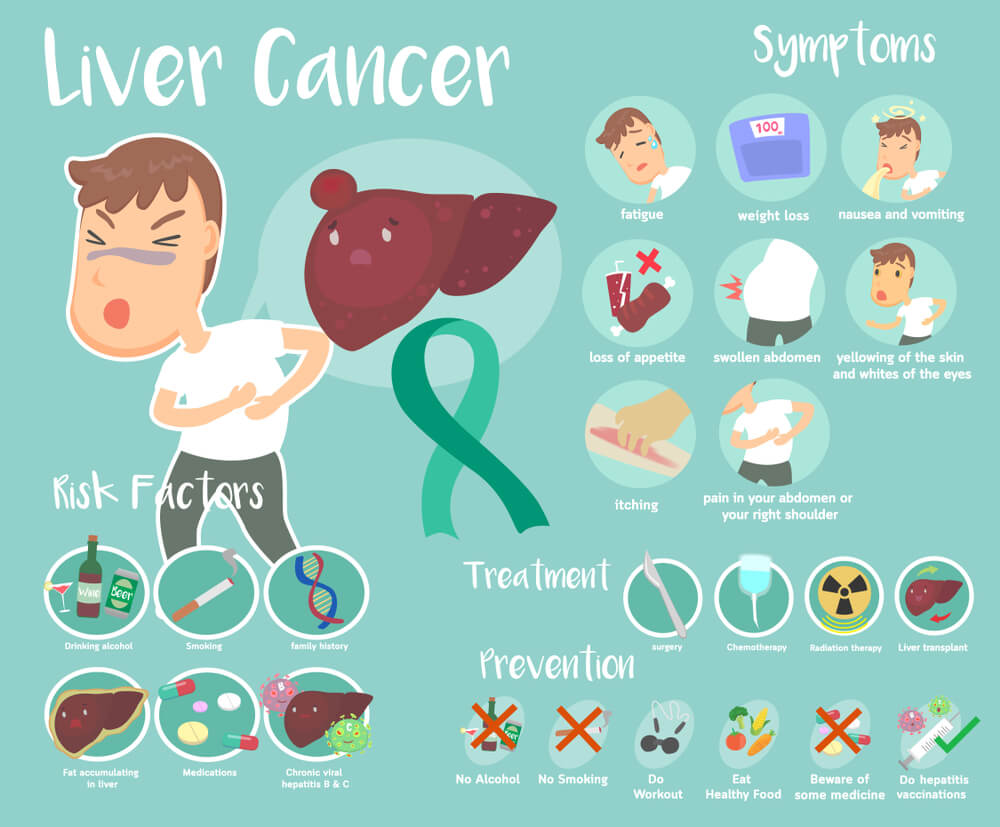
Best liver cancer treatment
Risk Factors and Causes of Liver Cancer
Liver cirrhosis- It’s a disease that affects a person due to prolonged damage to the liver. The reason could be hepatitis B and C, alcohol consumption, Wilson’s disease, hemochromatosis, and other genetic disorders. It can also occur because of the long-term use of drugs and other chemical substances. Over time, a healthy liver gets damaged and is replaced by scar tissue.
Age- People above the age of 67 tend to have a higher risk of being diagnosed.
Gender- Men are more prone to get liver cancer than women.
Chronic hepatitis- One common risk factor leading to liver cancer is hepatitis B and C infection.
Family history- Individuals with a family history of liver cancer have higher chances of getting liver cancer.
Alcohol consumption- Our liver detoxifies substances like alcohol from the body. But, overconsumption of alcohol may overwhelm the liver and damage it. It is also one of the leading causes of liver cirrhosis.
Obesity- Overweight people may tend to suffer from non-alcoholic fatty liver diseases like cirrhosis and non-alcoholic steatohepatitis (NASH). This increases the risk of liver cancer in overweight people.
Aflatoxins- Poisonous carcinogens produced from the mold growing on food crops are aflatoxins. Long-term exposure to crops contaminated with aflatoxins could increase the risk of liver cancer.
Diabetes- Type 2 diabetes patients have a higher risk of developing liver cancer.
Liver Cancer: Diagnosis
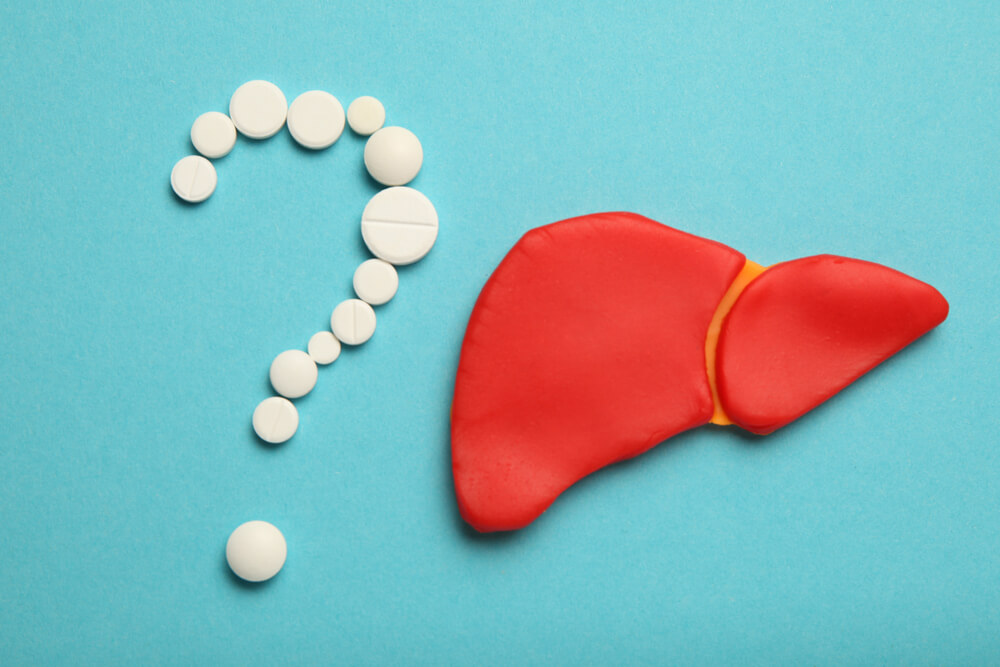
Tests to diagnose liver cancer are:
Blood test
A liver function test is used to observe liver proteins and enzymes to check the functioning of the liver. It shows whether your liver is healthy or damaged. It can even tell if you have any genetic problems and hepatitis B or C. Healthcare providers may test for alpha-fetoprotein (AFP). A high level of AFP means a person has liver cancer.
Ultrasound
It is the most commonly used method that provides images of the organ. Ultrasound is safe, non-invasive, and cheaper than other diagnostic methods. It shows the tumor’s location, number (single or multiple), and size. It shows how far cancer has spread to the neighboring organs and blood vessels.
CT (Computed Tomography) scan
A CT scan creates 3D pictures of internal organs inside the body with X-rays. A CT scan provides a cross-sectional, detailed image of any abnormalities along with the location of the liver tumor. It helps the physician measure the size of the tumor and how far cancer has spread in the body.
MRI (Magnetic Resonance Imaging)
An MRI produces detailed images of the body with the help of magnetic fields. It shows the extent of liver cancer in the body and whether it’s harmful to the blood vessels near the liver. An MRI also helps to measure the liver tumor size.
Biopsy
A biopsy involves the removal of a small amount of body tissue and observation under a microscope. It allows the physician to examine the liver and nearby organs to find cancer tumors and their location, if there are any. A biopsy is conducted using a fine or thin needle.
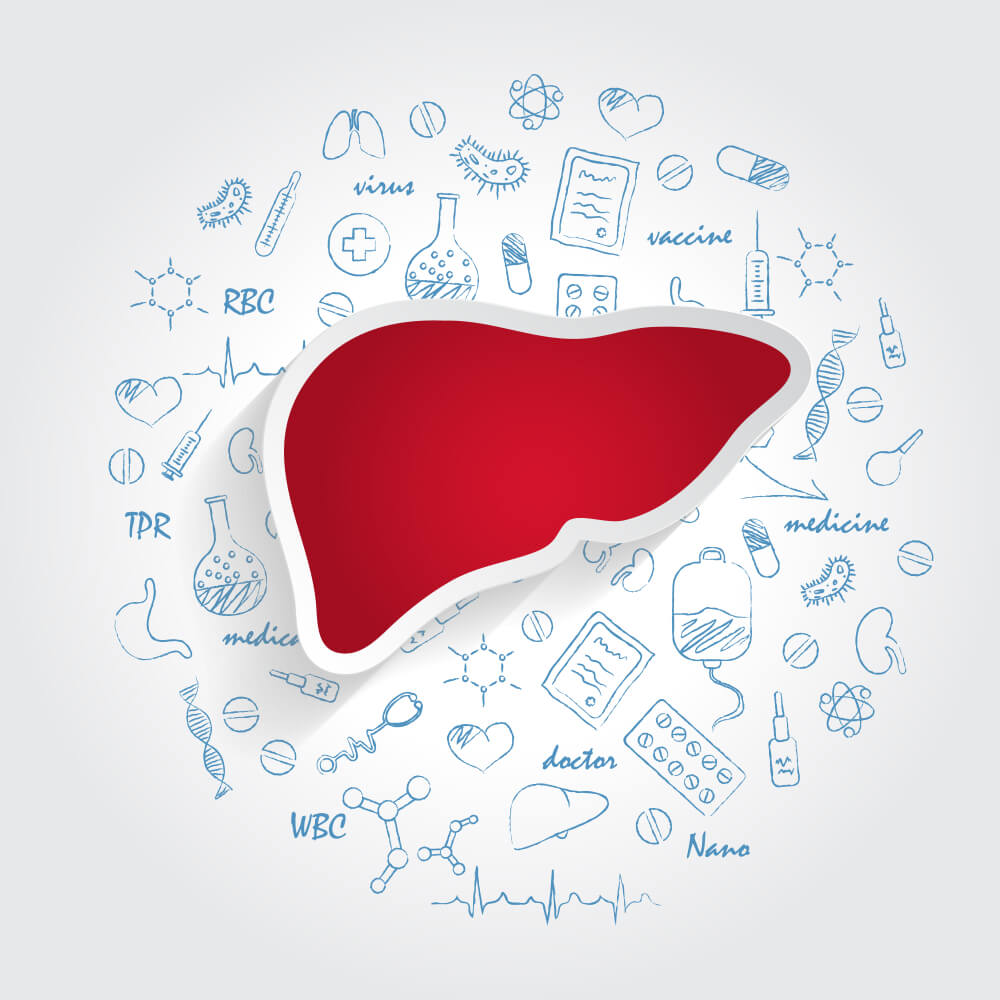
What is the Treatment for Liver Cancer?
Liver cancer treatment will depend on the person’s health and how far the cancer has spread. Some common treatments for primary liver cancer are chemotherapy and tumor ablation. Treatments for secondary liver cancer are chemotherapy combined with surgery or chemotherapy alone.

Surgery
Surgery involves the removal of a small portion of the liver or complete removal. Sometimes, a liver transplant surgery is conducted where the whole liver is replaced with a healthy liver. Surgery is recommended only for a small group of people and it is based on the location, size, and number of tumors. Some of the complications a person may face from surgery are severe bleeding, pneumonia, and side effects of anesthesia.
When a part of the liver is removed using surgery, it is called partial hepatectomy. After surgery, the remaining part of the liver repairs itself, if not damaged, and grows back to normal size in a few months. Surgery can be conducted in two stages if tumors exist on both sides of the liver; thus, allowing it to regrow after the first operation.
It might not be recommended for some people to remove part of their liver; so, they are referred for liver transplant surgery. Liver transplant surgery is one of the options for people with early-stage cancer. In liver transplant surgery, the liver affected by cancer cells is replaced with a healthy liver.
Tumor ablation therapy
It’s a process that kills cancer tumors in the liver without surgery. Ablation therapy kills abnormal tumors by using laser, heat, and cold as well as by injecting pure alcohol or acid into the tumor. Ablation therapy removes a layer of tissue unlike surgery that removes an entire organ or part of it.





 Information
Information Alert
Alert